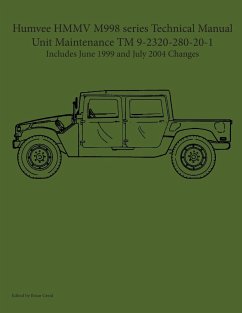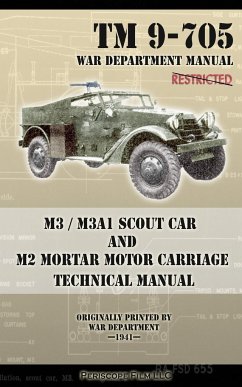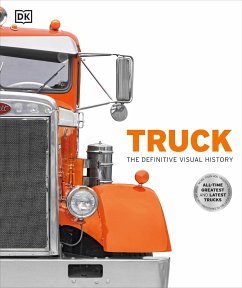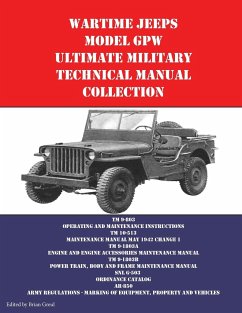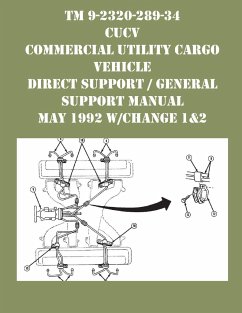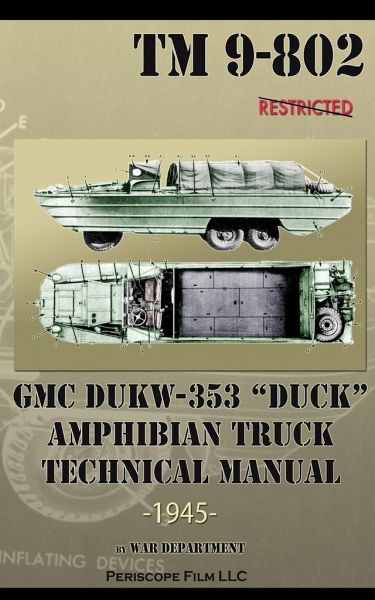
GMC DUKW-353 "DUCK" Amphibian Truck Technical Manual TM 9-802
Versandkostenfrei!
Versandfertig in 1-2 Wochen
29,99 €
inkl. MwSt.

PAYBACK Punkte
15 °P sammeln!
A modification of the 2-ton "deuce", the DUKW amphibious truck was designed in 1942 by a team that included a British sailor, an American yacht builder and an MIT engineer. Powered by a GMC Straight-6, 270 cubic inch engine, the DUKW's six drive wheels allowed it to move up to 50 mph on the road and at roughly 6 mph in water. It was the first vehicle ever designed to allow tire pressure to be adjusted from inside the cab, allowing it to operate easily and efficiently on sand, rock, gravel and paved roads. The vehicle lacked armor, but one in every four produced came equipped with a machine gun...
A modification of the 2-ton "deuce", the DUKW amphibious truck was designed in 1942 by a team that included a British sailor, an American yacht builder and an MIT engineer. Powered by a GMC Straight-6, 270 cubic inch engine, the DUKW's six drive wheels allowed it to move up to 50 mph on the road and at roughly 6 mph in water. It was the first vehicle ever designed to allow tire pressure to be adjusted from inside the cab, allowing it to operate easily and efficiently on sand, rock, gravel and paved roads. The vehicle lacked armor, but one in every four produced came equipped with a machine gun ring mount. Overall, the DUKW weighed 6.5 short tons empty and could carry 2.5 short tons or twelve soldiers. The DUKW's career in combat was unique, being used to ferry supplies and men from ship to shore, and operating in flooded environments. It was used in landings in the Pacific and European Theaters, including at D-Day, and many were also used during the Korean War at Inchon. Incidentally, the term "DUKW" is not a military term, but rather an acronym coined by General Motors. "D" stood for the year it was designed, 1942. "U" stood for "Utility", "K" for front wheel drive, and "W" for two powered rear axles. Over 21,000 DUKWs were built during WWII. Some remain in use today as amphibious tour buses. Originally created in 1945, this War Department technical manual contains a full description of the DUKW and shows how to operate and maintain it. Originally restricted, this manual was declassified long ago and is here reprinted in book form. Care has been taken to preserve the integrity of the text.



